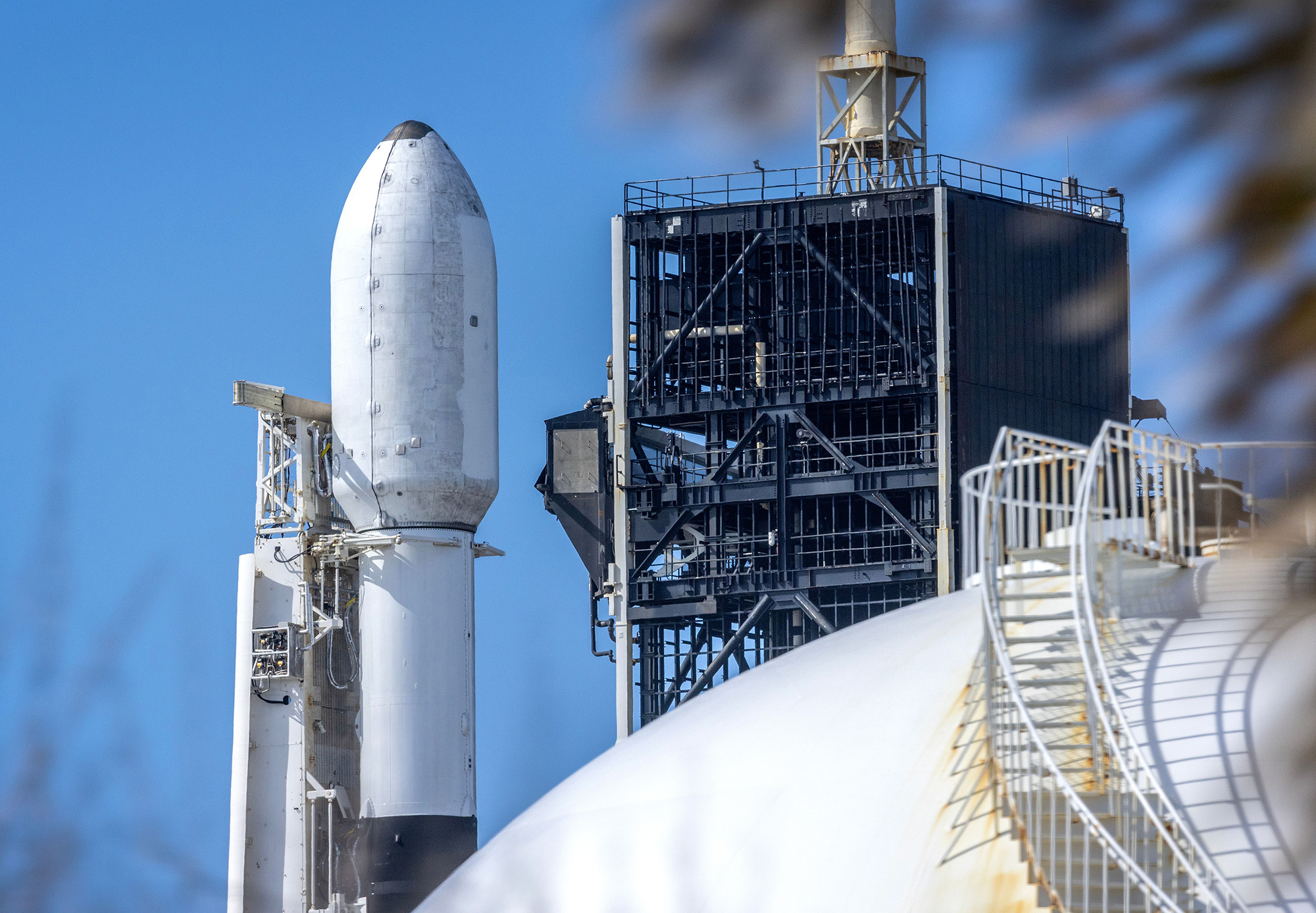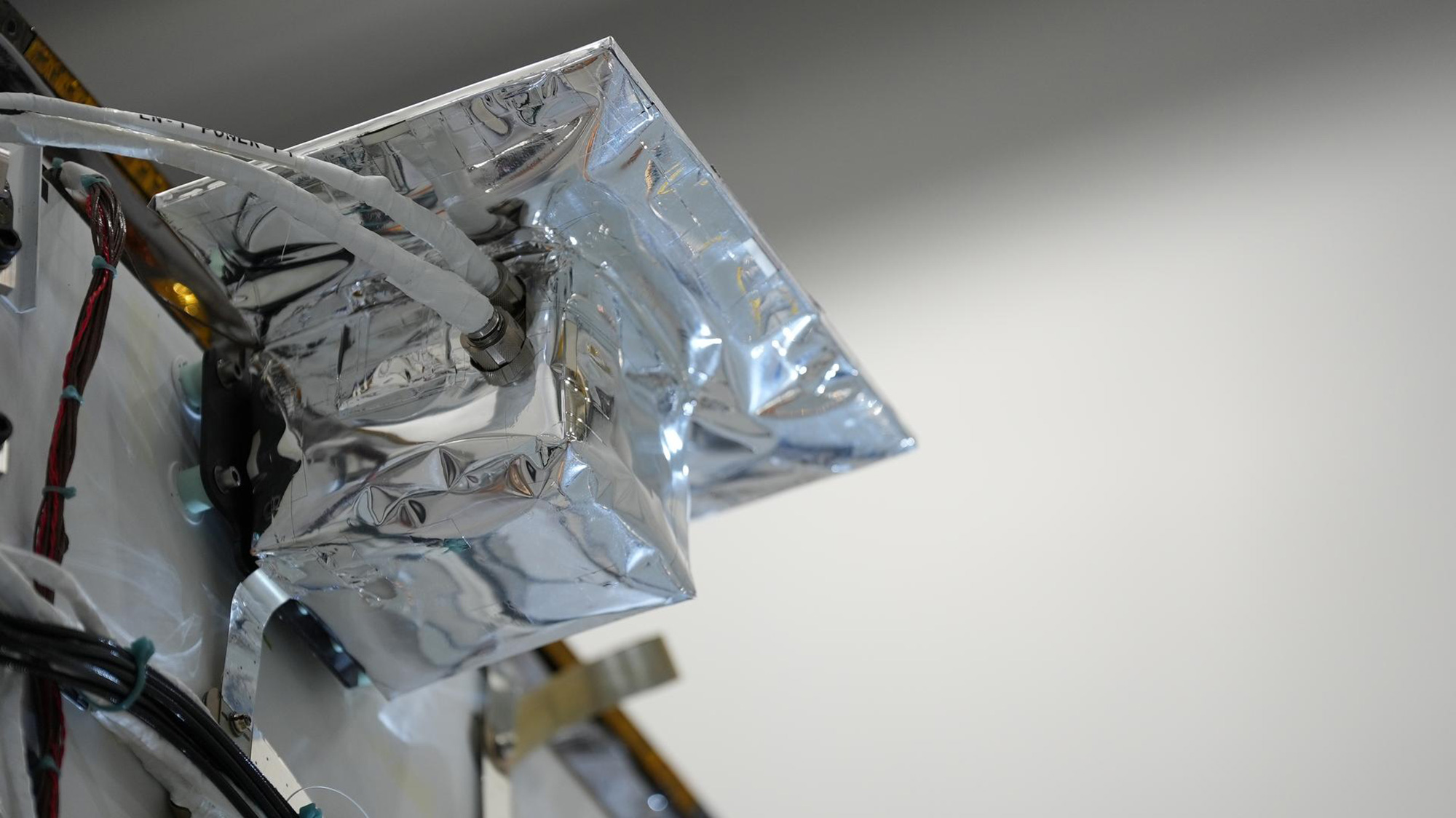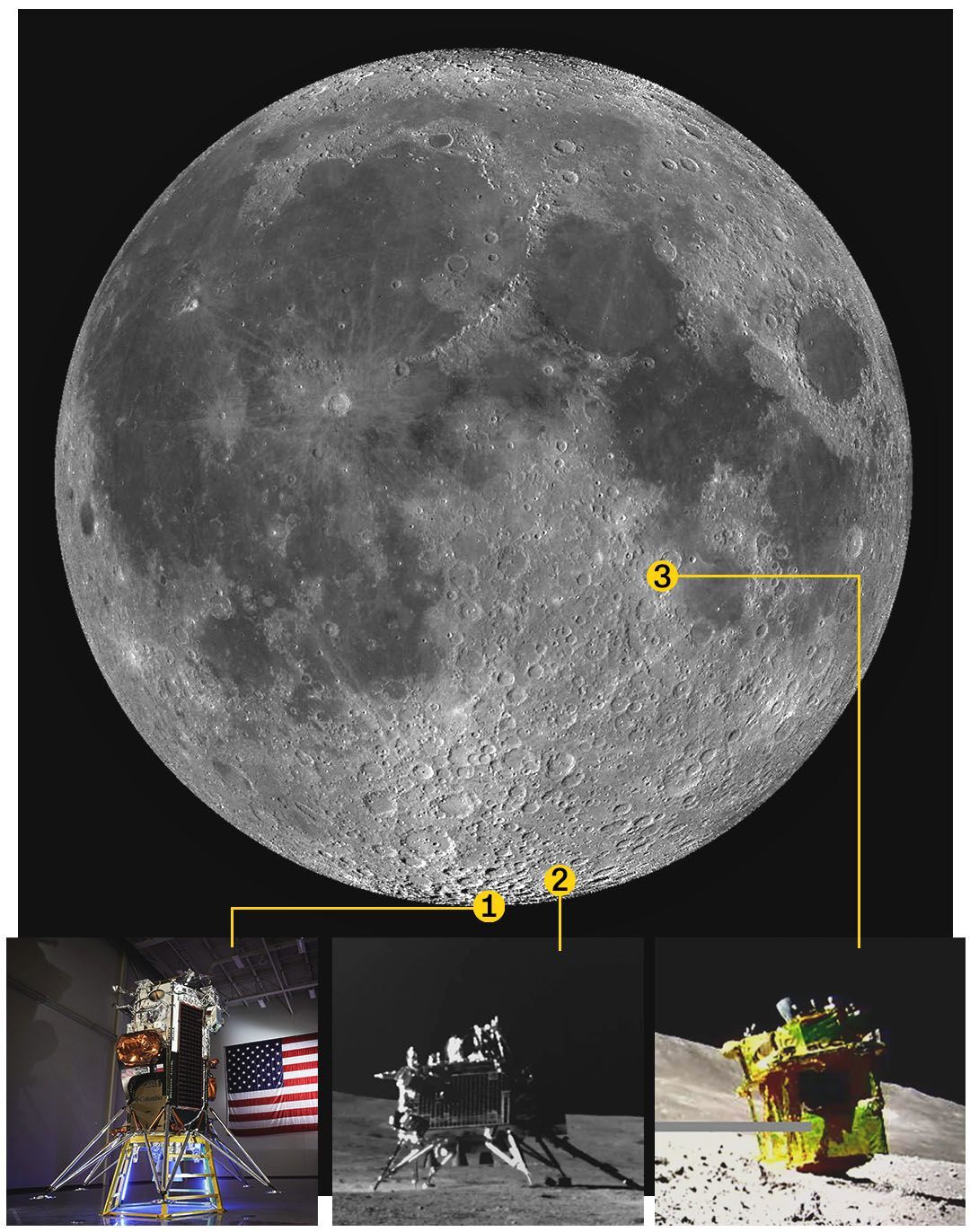The companies and governments dashing for the moon today are aiming for cheaper price points as they implement modern technology.
That's the underlying goal behind NASA's Commercial Lunar Payload Services program, or CLPS (pronounced "clips"), which sponsored Intuitive Machines and the Odysseus lander for this mission.
And the companies participating in CLPS, including Intuitive Machines, are OK with a bit of risk and imperfection, according to Greg Autry, the director of space leadership at Arizona State University’s Thunderbird School of Global Management.
“(Commercial companies) brought that iterative, fail fast model with them. Get the product out there, let it blow up, figure out what you did wrong, fix it, and go again,” he said. “That is not the way the US government operates. Because if your project dies, your government career is screwed.”
For its part, even NASA acknowledges its partners may not have a 100% success rate on these early missions.
Already there are additional CLPS missions lined up for later this year:
- Texas-based company Firefly could send its Blue Ghost lander heading for a northeast quadrant of the moon.
- Intuitive Machines could launch its IM-2 mission, a successor to Odysseus, that will aim to drill for resources at the south pole.
That said, a successful landing today would certainly mark a welcome win for this nascent NASA program and Intuitive Machines.










